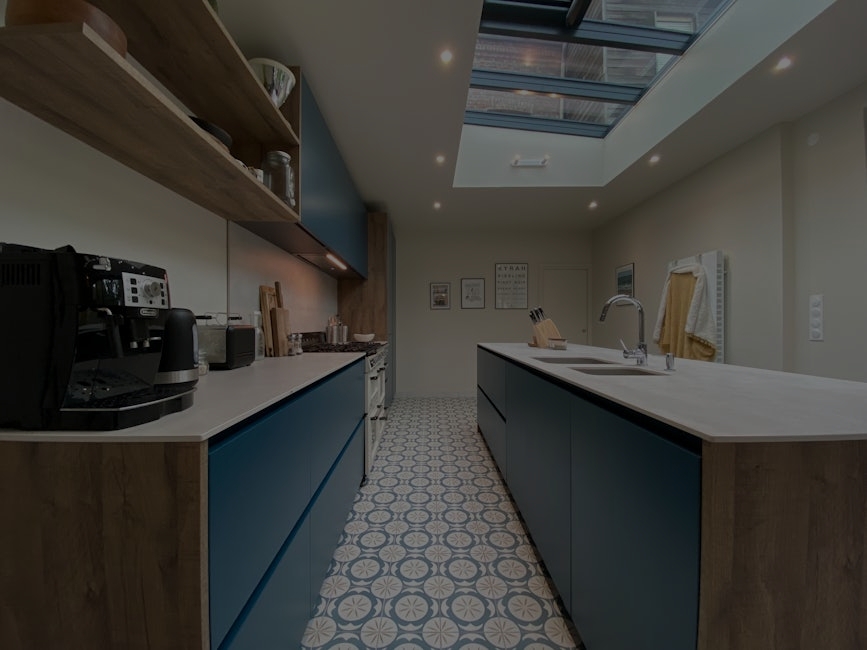**Abstract**: Discover how feng shui influences modern interior design, offering practical insights to create harmonious living spaces that promote well-being and balance in your home.
Understanding Feng Shui: The Ancient Art of Balance
Feng shui, an ancient Chinese practice, focuses on harmonizing individuals with their environment. It emphasizes the arrangement of space to promote positive energy, or “qi.” In modern interior design, incorporating feng shui principles can transform a space into a sanctuary that nurtures mental clarity and emotional well-being. The essence of feng shui lies in understanding the flow of energy and how it interacts with the elements within your living space.
The Importance of Energy Flow in Interior Spaces
In feng shui, the flow of energy is paramount. Spaces that feel cluttered or disorganized can block the flow of qi, leading to feelings of stress and unease. By decluttering and arranging furniture thoughtfully, you can create a seamless energy flow that enhances comfort and tranquility. For instance, placing your bed in a commanding position, where you can see the door without being directly in line with it, fosters a sense of security and relaxation. This simple adjustment can have profound effects on your mood and productivity.
Color Psychology: Enhancing Mood Through Design
Colors play a significant role in feng shui and can evoke specific emotions. For example, soft blues and greens promote calmness and serenity, making them ideal for bedrooms or meditation spaces. Conversely, vibrant reds and yellows can stimulate energy and creativity, perfect for workspaces. By selecting colors that align with your intentions, you can craft an environment that supports your emotional and psychological needs. Incorporating feng shui colors into your interior design can create a powerful atmosphere that resonates with your personal style.
Utilizing Natural Elements for Balance
Feng shui emphasizes the connection between nature and well-being. Integrating natural elements such as plants, water features, and natural light can enhance the energy of your space. Plants not only purify the air but also bring life and vibrancy into your home. A small indoor fountain can create soothing sounds, promoting relaxation and tranquility. Moreover, maximizing natural light can improve mood and energy levels, making your space feel more open and inviting. Embracing these elements helps create a balanced and harmonious environment.
Creating Functional Spaces: The Role of Layout
The layout of your home is crucial in feng shui. Each area should serve a specific purpose and promote positive energy. For instance, an open living space encourages social interaction, while a well-defined workspace enhances focus and productivity. When designing your home, consider how each area can support your lifestyle and needs. A thoughtful layout not only optimizes energy flow but also enhances functionality, making daily activities more enjoyable and efficient.
Personalizing Your Space: Infusing Your Energy
Feng shui is not a one-size-fits-all approach. It’s essential to personalize your space to reflect your unique energy and preferences. Incorporate meaningful objects, artwork, and colors that resonate with you. This personal touch creates an environment that feels authentic and nurturing. By surrounding yourself with items that hold positive memories or intentions, you can elevate the energy in your home, making it a true reflection of who you are.
In conclusion, integrating feng shui principles into modern interior design offers a pathway to creating harmonious living spaces that enhance well-being. By understanding energy flow, utilizing color psychology, incorporating natural elements, and personalizing your space, you can transform your home into a sanctuary that supports your emotional and psychological needs. Embrace the art of feng shui and unlock the potential of your living environment.










